HACKAROO: A Civic Hack, A Model for Civic Innovation
Hackaroo's are half-day events focusing on multi-disciplinary teams learning about emerging tech capabilities and applying it to a well-defined problem. The goal is to create high-fidelity ideas to pitch instead of technical products.


In 2013, President Barack Obama created the National Day of Civic Hacking.
Civic Hacking Day is an opportunity for software developers, technologists, and entrepreneurs to unleash their can-do American spirit by collaboratively harnessing publicly-released data and code to create innovative solutions for problems that affect Americans.
At the time, I was living in San Francisco after a long and storied career in Washington, DC.
When President Obama created the National Day of Civic Hacking, it renewed my yearning to make an impact in public service.
In SF, I had met Mike Zuckerman. Mike was a pioneer of civic hacking — even before this moment — and he activated for the event by co-creating and organizing Freespace.
Freespace was a physical community recreation place where all sorts of civic hacking could be experienced and civic hacktivists could meaningfully connect with one another around new ideas and innovations for change. One day it was an abandoned building; the next it was a vibrant center for the civic hacking community which to me felt like a campaign headquarters without the candidate.
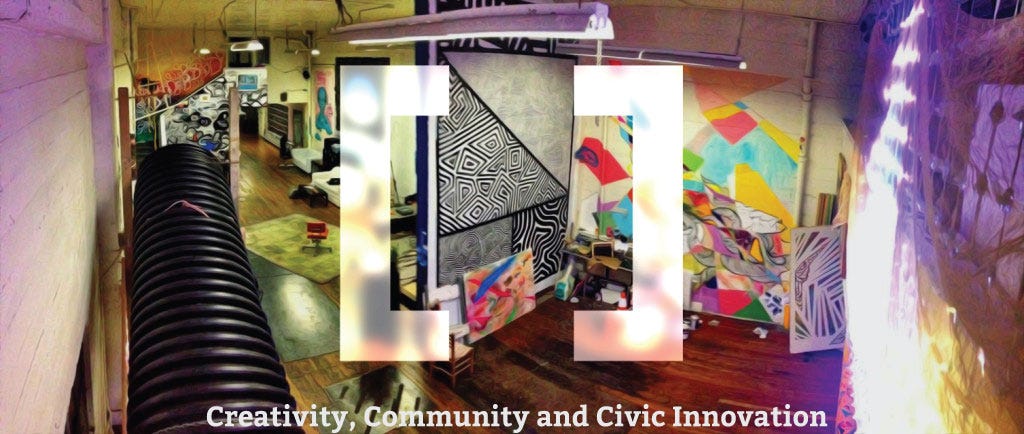
Freespace was a solution (or a prototype) idea that solved a problem that Mike felt mattered to his community. Freespace was Mike’s idea of change. He made it happen. For my part, I helped Mike bring his idea to life by helping him meet the financial needs to get insurance and bring the idea to life.
CivicHacks is Born
My ideas for civic hacking took a path toward storytelling. I moved back to my hometown in Columbus, Ohio, created CivicHacks (Instagram: CivicHacks_org) and started bringing people together to solve problems.
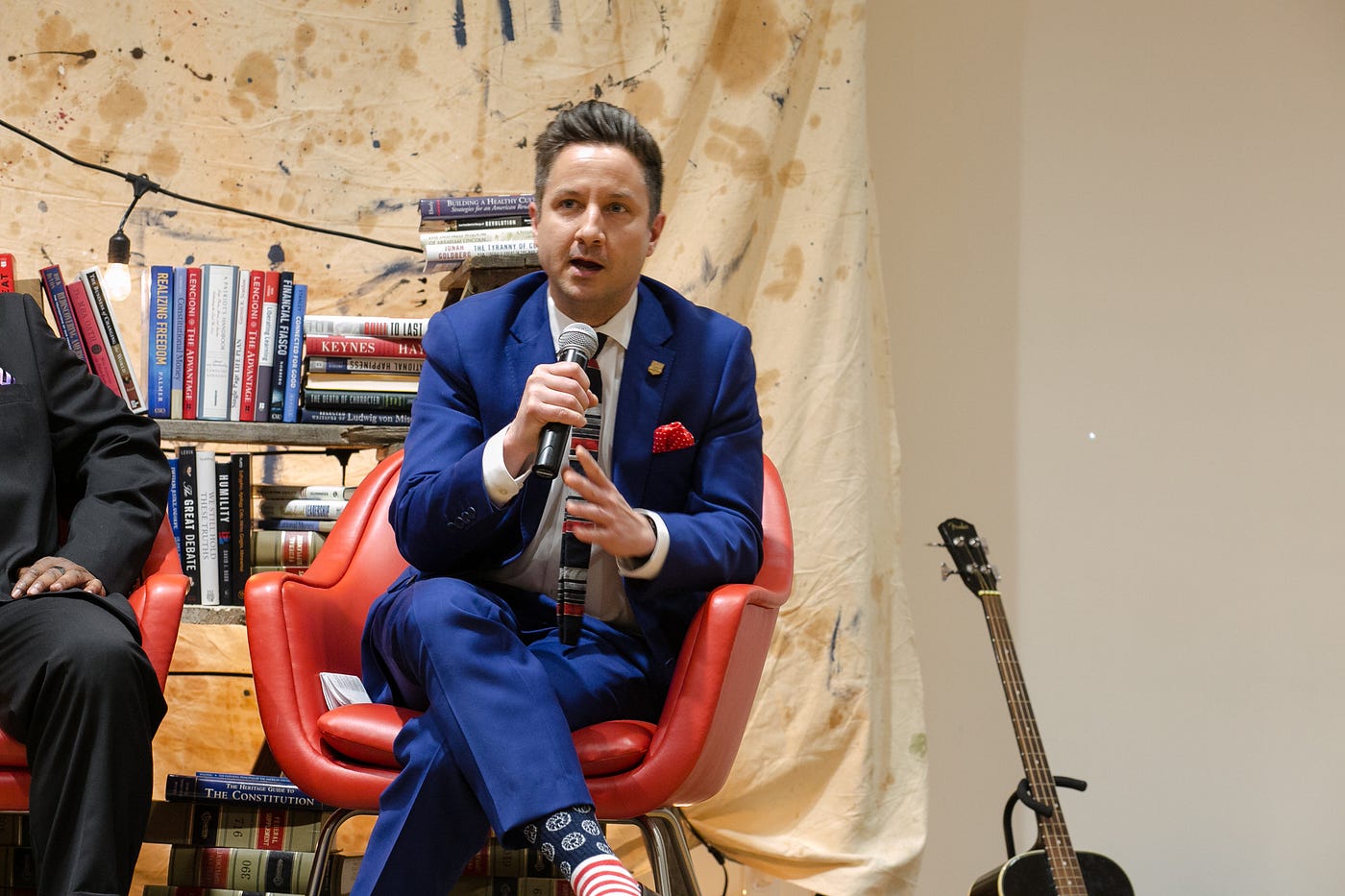
I created storytelling events like Startup Storytellers where I invited local public officials to join me on stage to hear the stories of local startup founders.
And I started experimenting with hackathons as a new way of creating meaningful solutions to problems plaguing my hometown.
The first hackathon I ever experienced was a three-day event, Startup Weekend. I put forth an idea, recruited a great team, built an interesting product aimed at the intersection of health care and social media, and took home first place for our solution. Winning meant a lot to me personally and the experience of the hackathon moved me. I was hooked and determined to find ways of bringing the energy and spirit of a hackathon to solving real world problems.
WearGood: Wearable Technology for Good
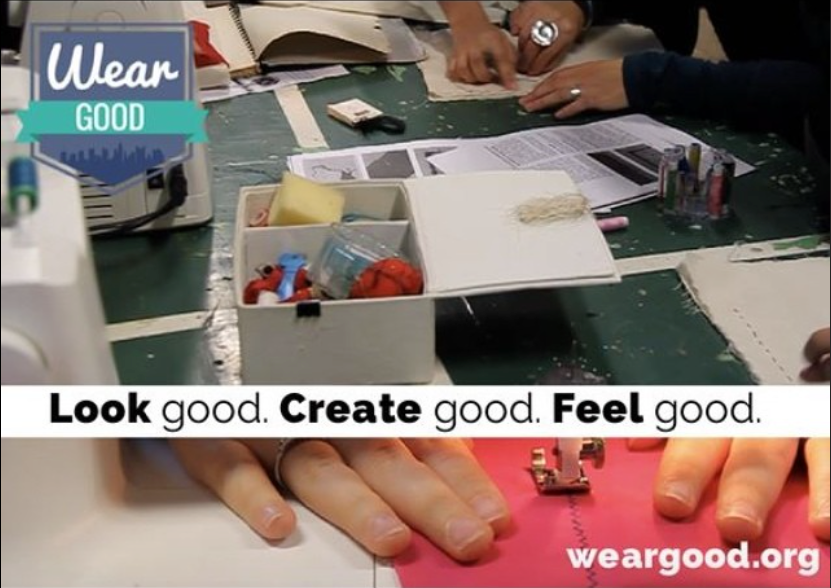
I created WearGood, which was the world’s first wearable technology-focused hackathon aimed at solving civic challenges. Teams came together over a weekend, heard about the top problems the City of Columbus was working to solve, and developed new ideas and inventions. Participants would later pitch and share their ideas to a panel of judges.



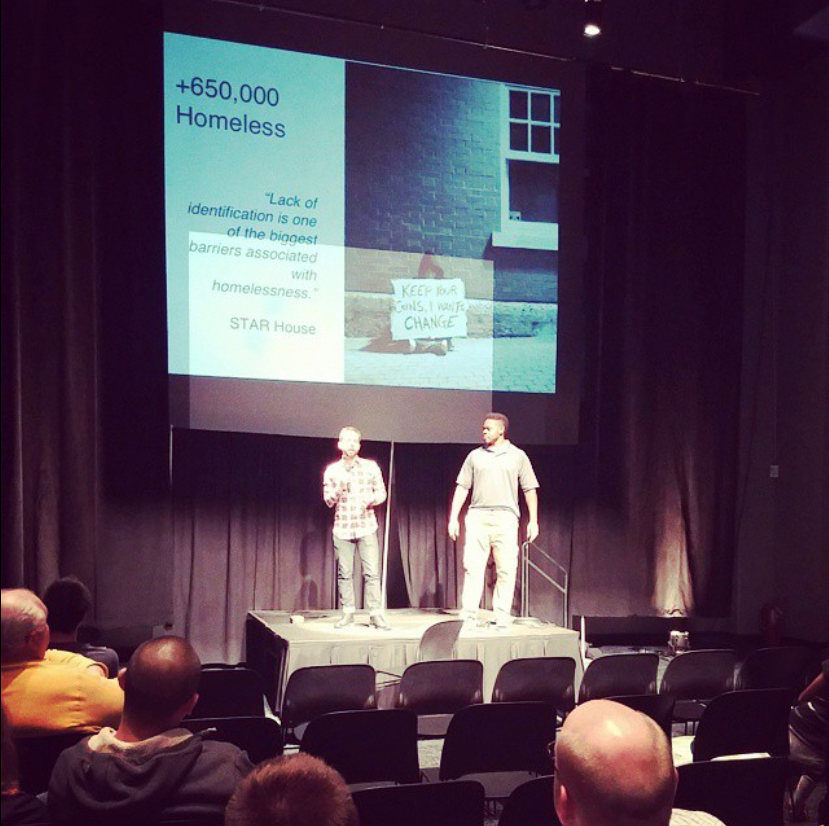
GameJam for Good: Video Game Developers Tackle World’s Water Crisis
My next attempt organized the video game developer community to hone in on one specific problem, the world water crisis. We partnered with a nonprofit and over a weekend, teams created fun and interesting games that raised awareness about the problem in a new way. I called it the GameJam for Good.
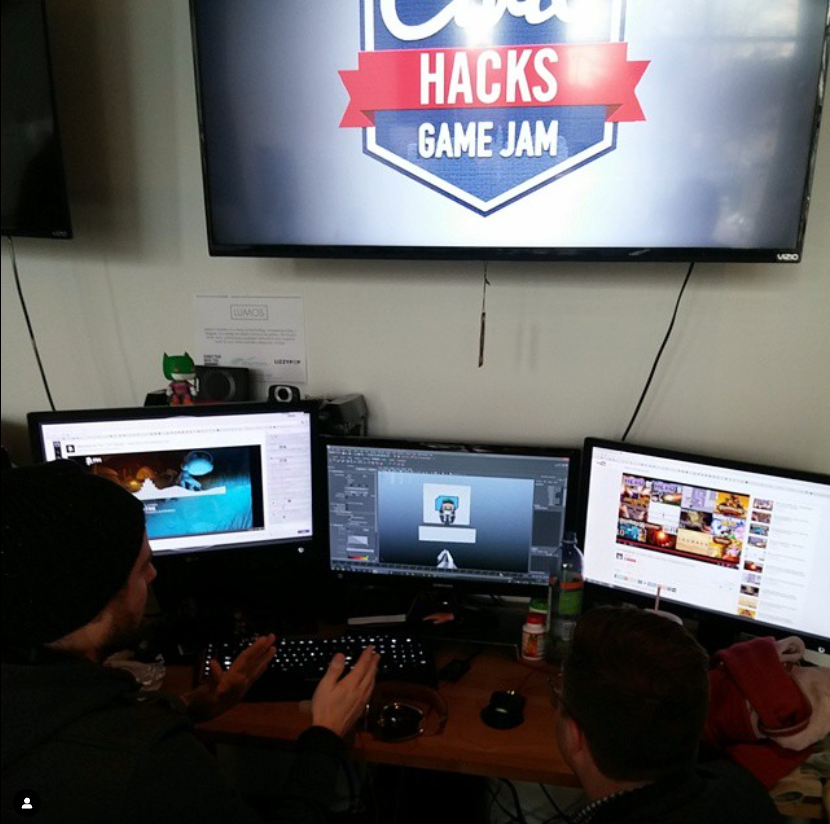
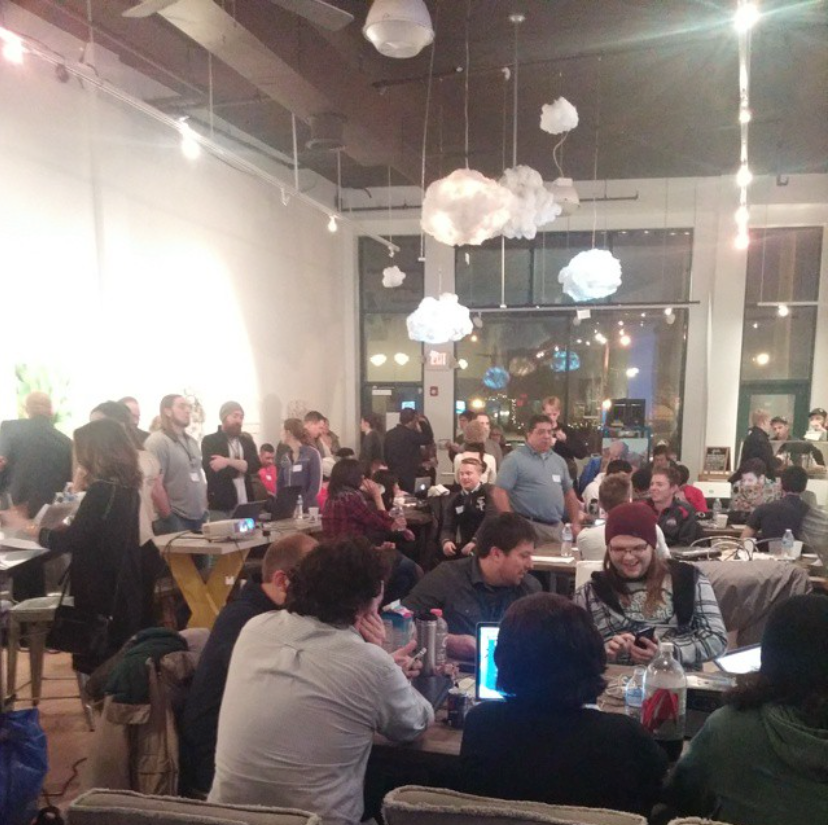
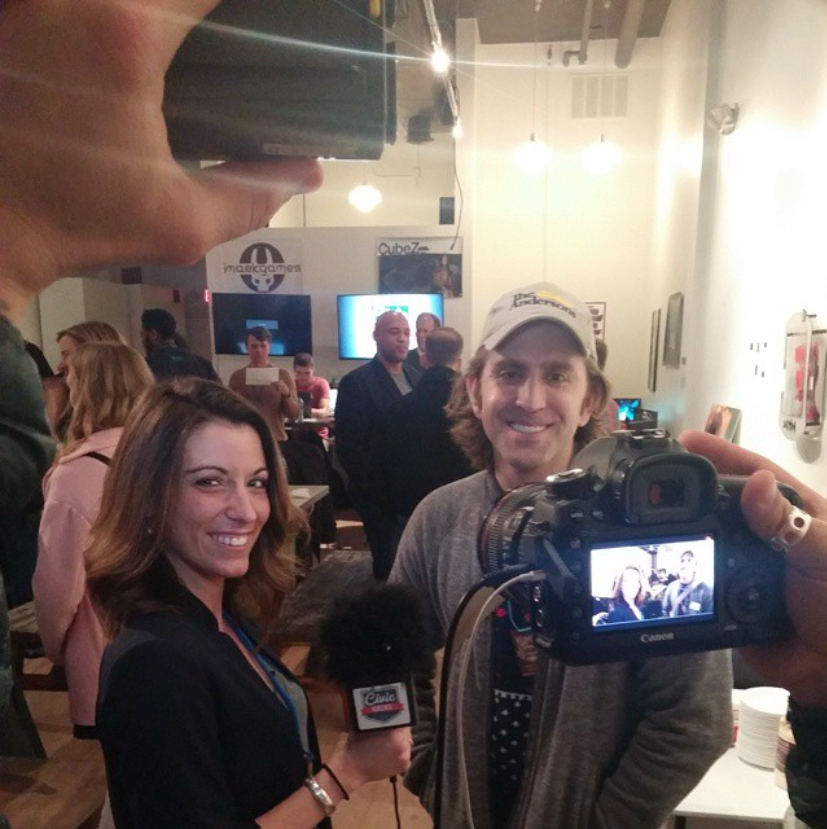
The Hackathon Model Wasn’t Working
Hackathons were a lot of fun for the folks participating and stopping by to see what all the buzz was about. Great people joined the organizing crew and the folks that built solutions were A-list. There really is nothing like that vibe of building innovative solutions to tackle the endless problems that government struggles to address in a modern and efficient way using the tools and methods we all get to use daily in the creative knowledge community.
But the hackathons I had created both failed to move the needle and make a genuine impact. Projects aimed at social impact still have very little opportunity to survive beyond the event itself; all projects stopped or failed immediately after the event ended. The model, as I was implementing it, would continue to fail. I had to come up with a new approach.
The Birth of the Hackaroo Aimed at Infant Mortality
In 2016 I designed my most ambitious civic engagement to tackle the horribly sad problem of infant mortality, the death of an infant before the infant’s first birthday. In Columbus, this issue was a primary issue for the mayor and one that was being tackled through social services and educational campaigns.
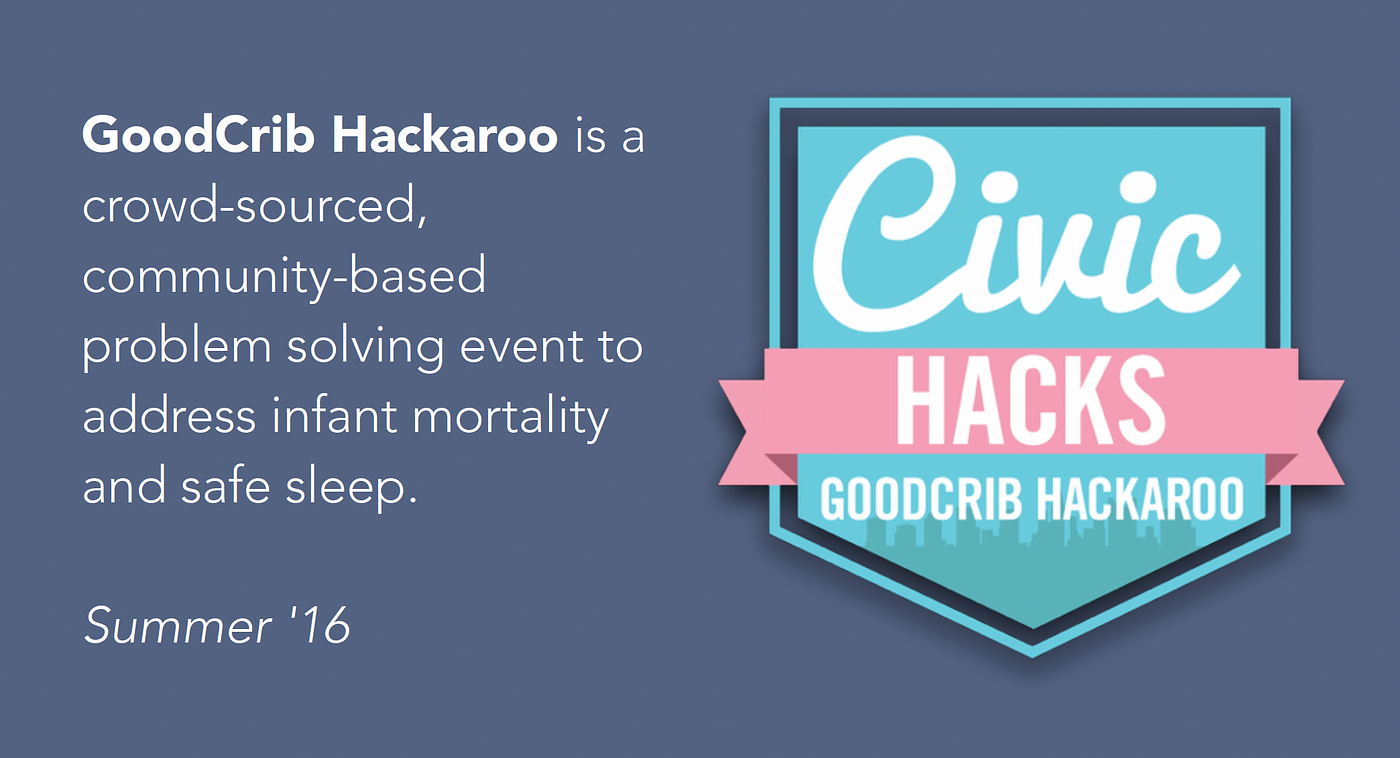
While in Columbus, I discovered that it was America’s “Test City” for consumer products and had been for decades. Companies like Starbucks test out new drinks in Columbus to gain an understanding of how the product will do throughout America. The saying is that if it works in Columbus, it will work anywhere. Being a testing ground gave birth to product research and design firms in Columbus, and is the origin of what we now popularly know as human-centered design.
For the GoodCrib Hackaroo, we would aim to create a design challenge and first enlist the support of human-centered design researchers to clearly define the problem and prepare the event experience for product designers. Our goal would be to design a new crib to help solve one aspect of infant mortality. The teams would compete on the brief, and pitch their ideas to a panel of experts, but ultimately I hoped to also shift the task of bringing the idea to life to a public-private partnership. One goal in mind.
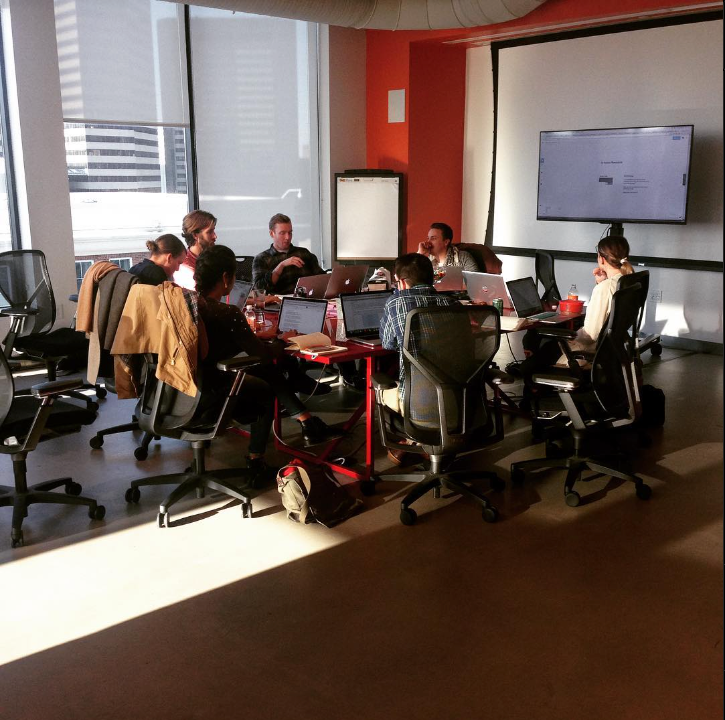
Another problem that Hackaroo solved was the enormous amount of pushback I received beyond the tech community with the words ‘Hack’ and ‘Hackathon.’ Both conjured negative meanings. With a little luck, Hackaroo became something fun to say and every stakeholder smiled when they heard it.
Despite our collective efforts, and my own deep understanding and capability to engage and enroll government stakeholders, the idea was never brought to life. I let it go, and shifted to a different model; but that’s another story.
Web3 Hackaroo in Austin, Texas
Building on FOUND3R’s successful launch in New York City with a Town Hall storytelling event, we aimed to expand our next event in Austin, Texas to include the Web3 Hackaroo. (Follow @HACKAROO on X.)
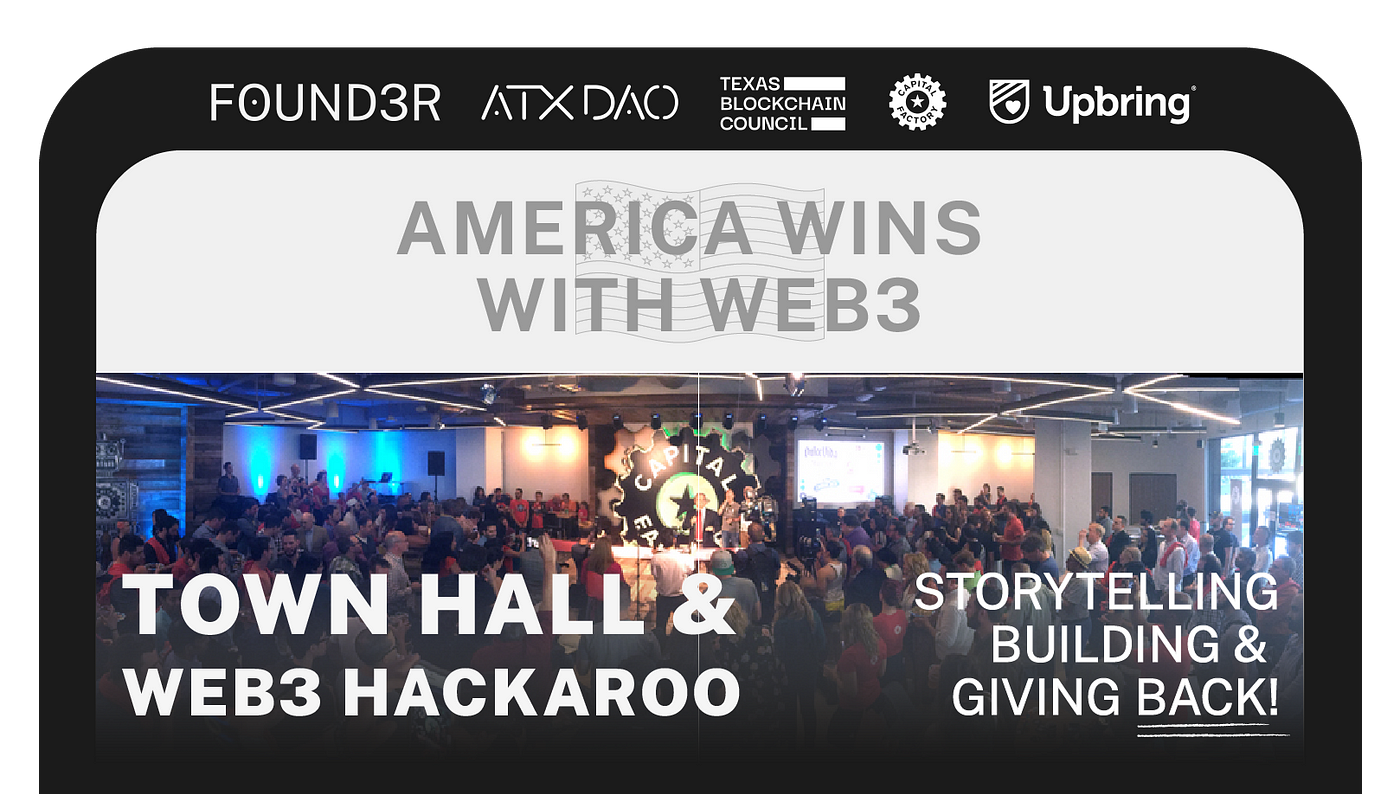
The Web3 Hackaroo provides a unique opportunity for Texans and those visiting Austin for Permissionless (a large Web3 tech conference) to collaboratively explore the potential of Web3 technologies while addressing local or state issues. By focusing on high-fidelity ideas rather than technical products, the event fosters a fun and inclusive environment that encourages multi-disciplinary teams to participate and gain a deeper understanding of Web3’s capabilities. Through engagement with subject matter experts and the pitch competition, participants leave the event inspired and equipped to explore real-world implementations of their innovative ideas. Participating teams may choose to continue working on their ideas independently of the sponsoring organization.
This event is the world’s first HACKAROO and while I don’t want to spill all the beans before the event, I am excited to share an update after the event with learnings and outcomes.
